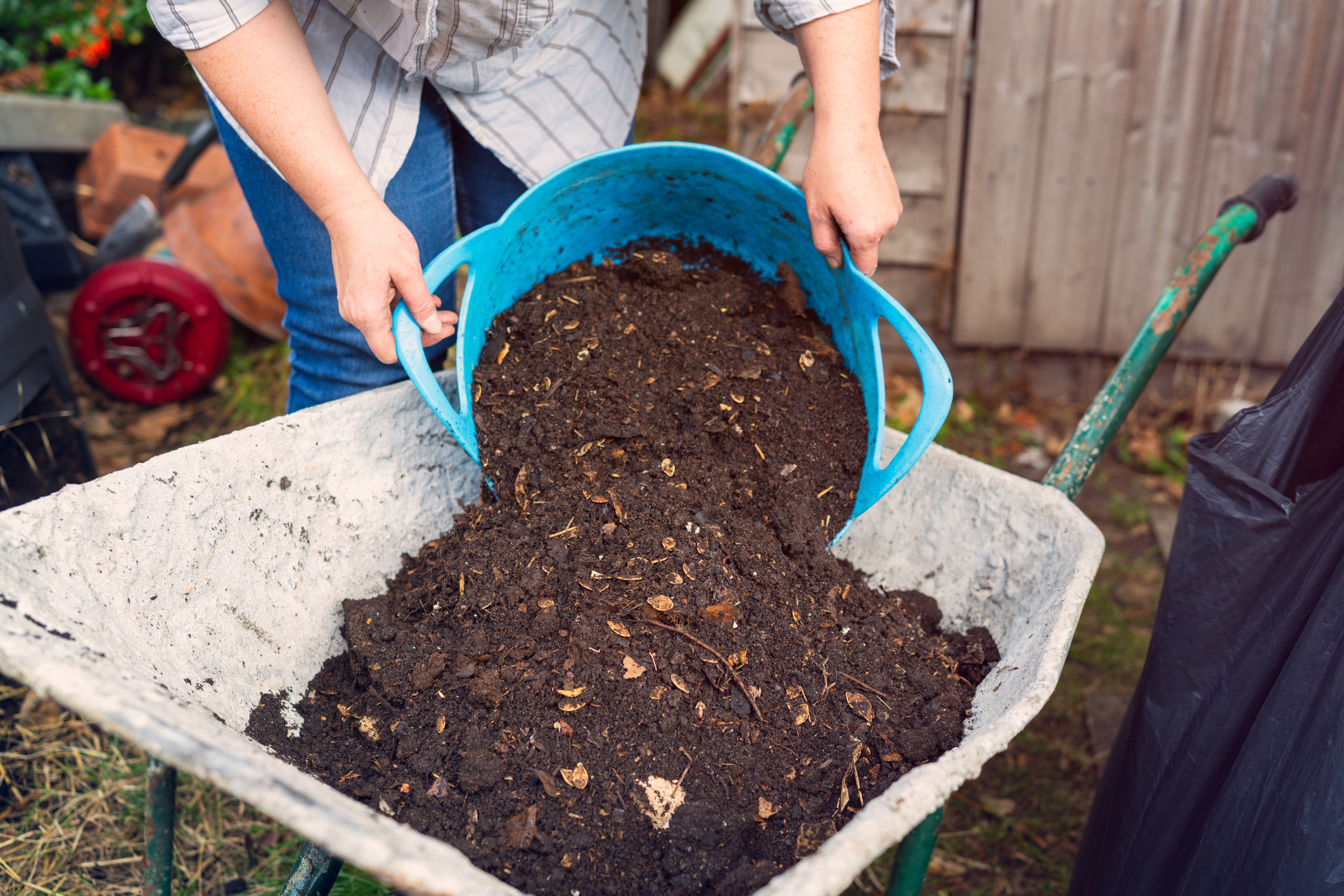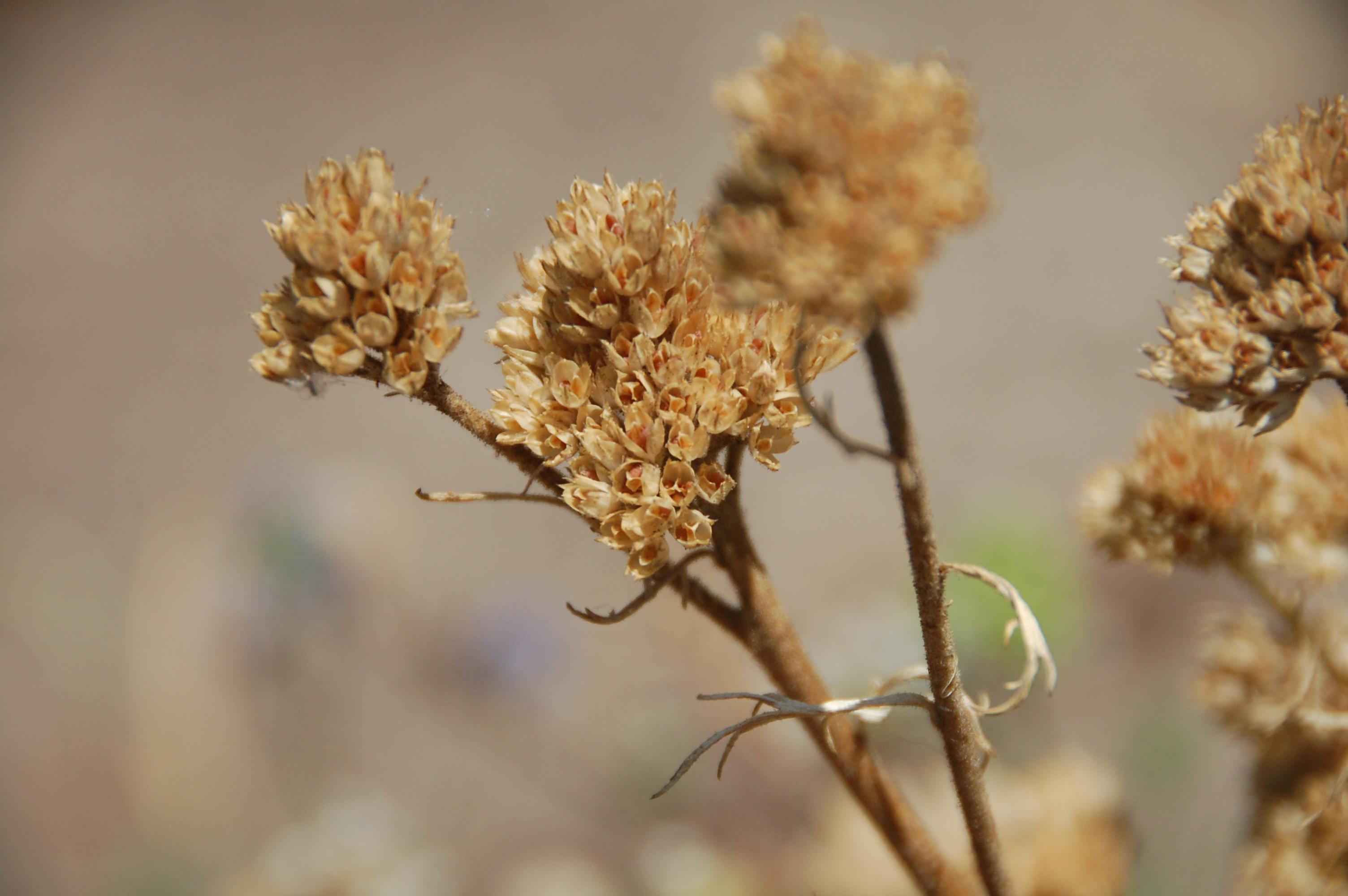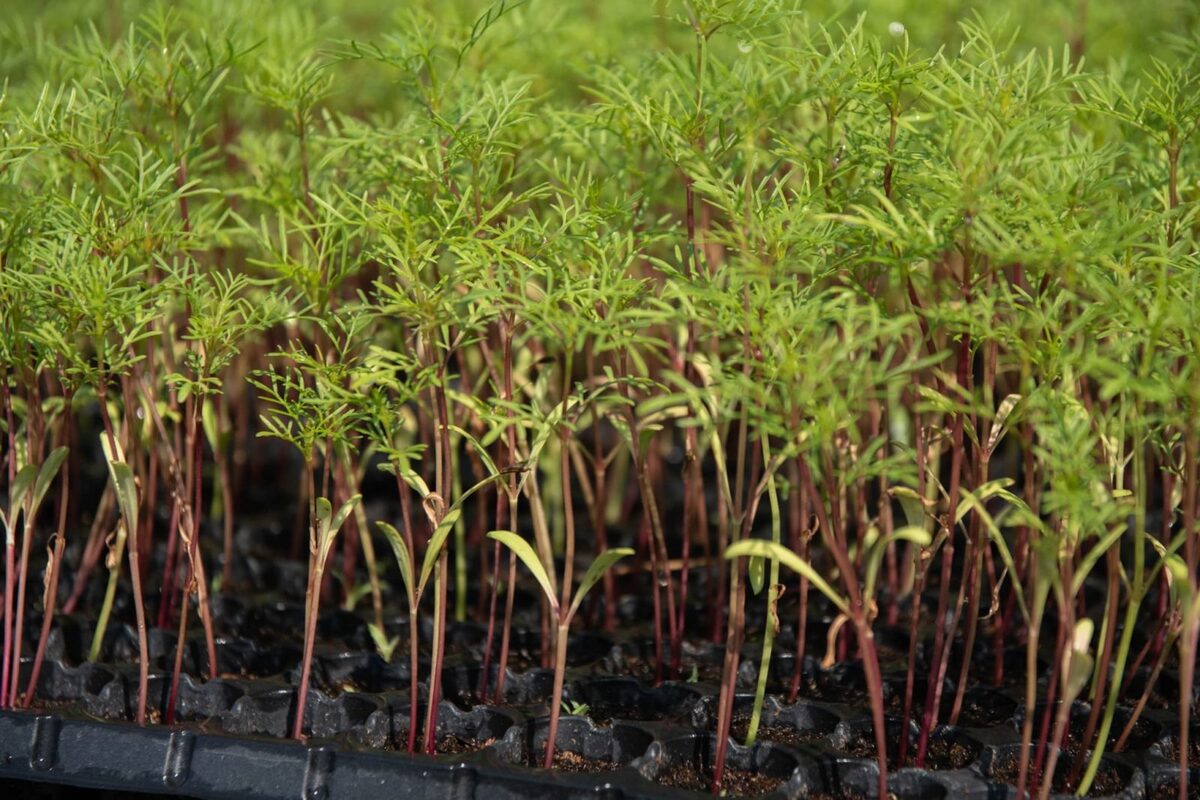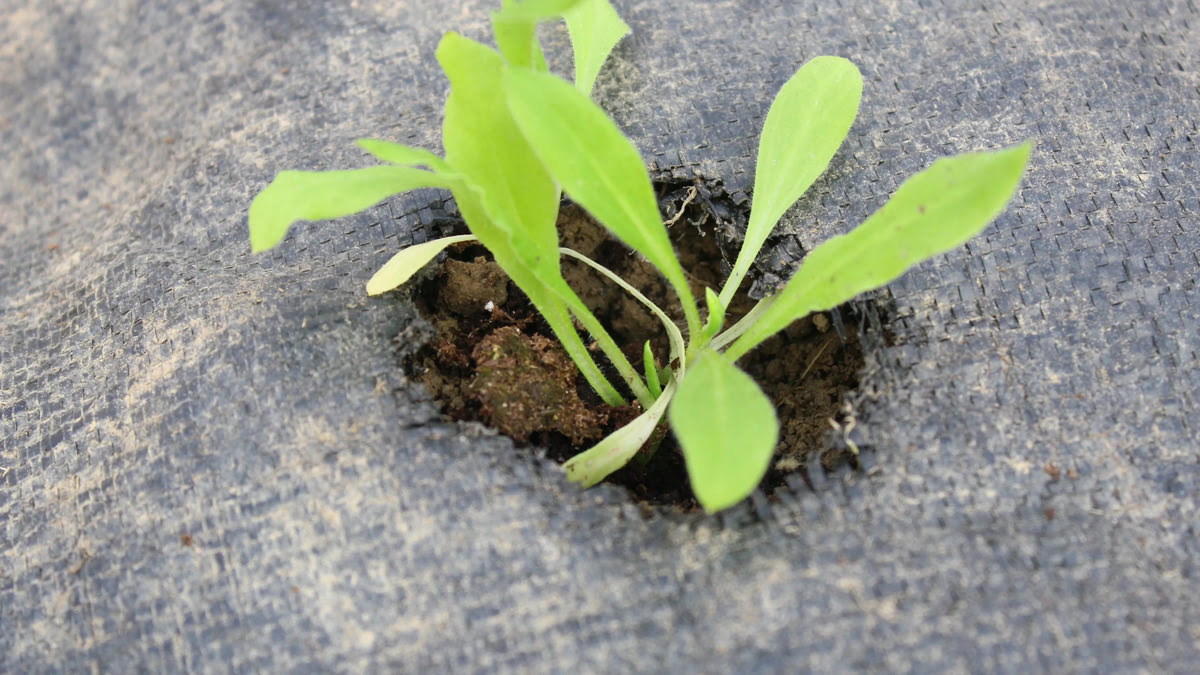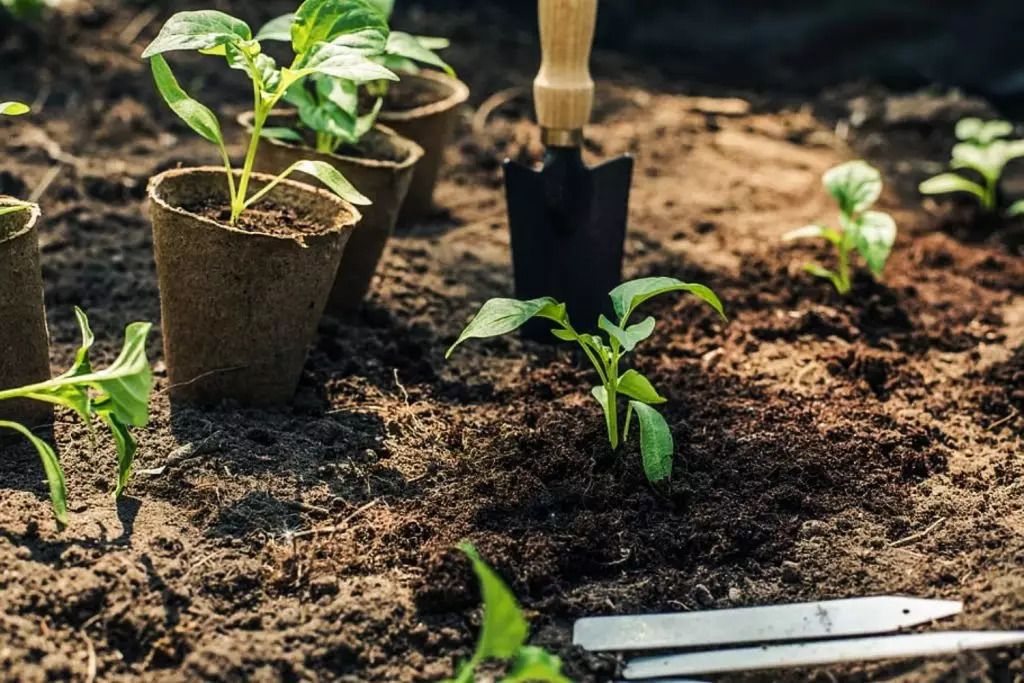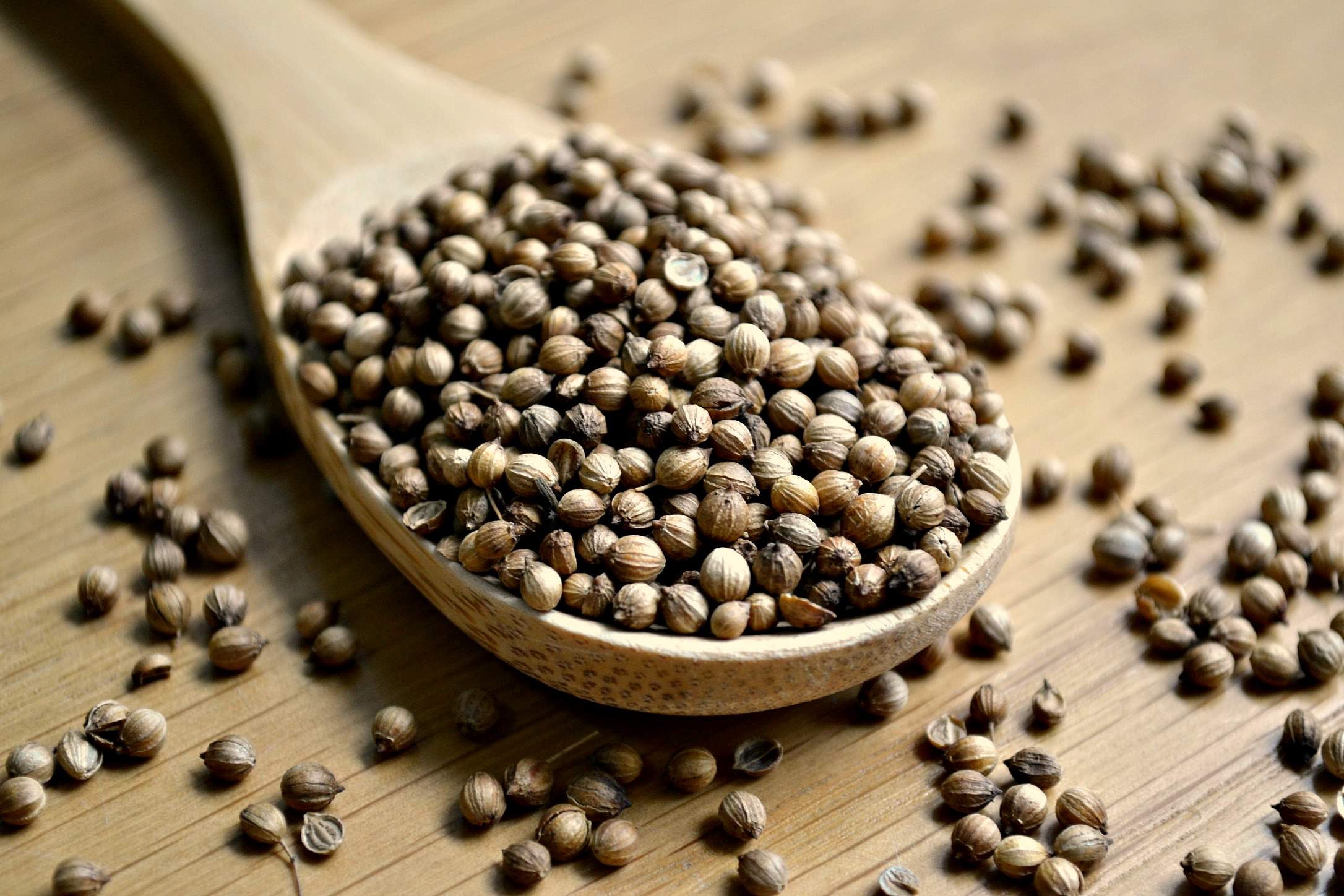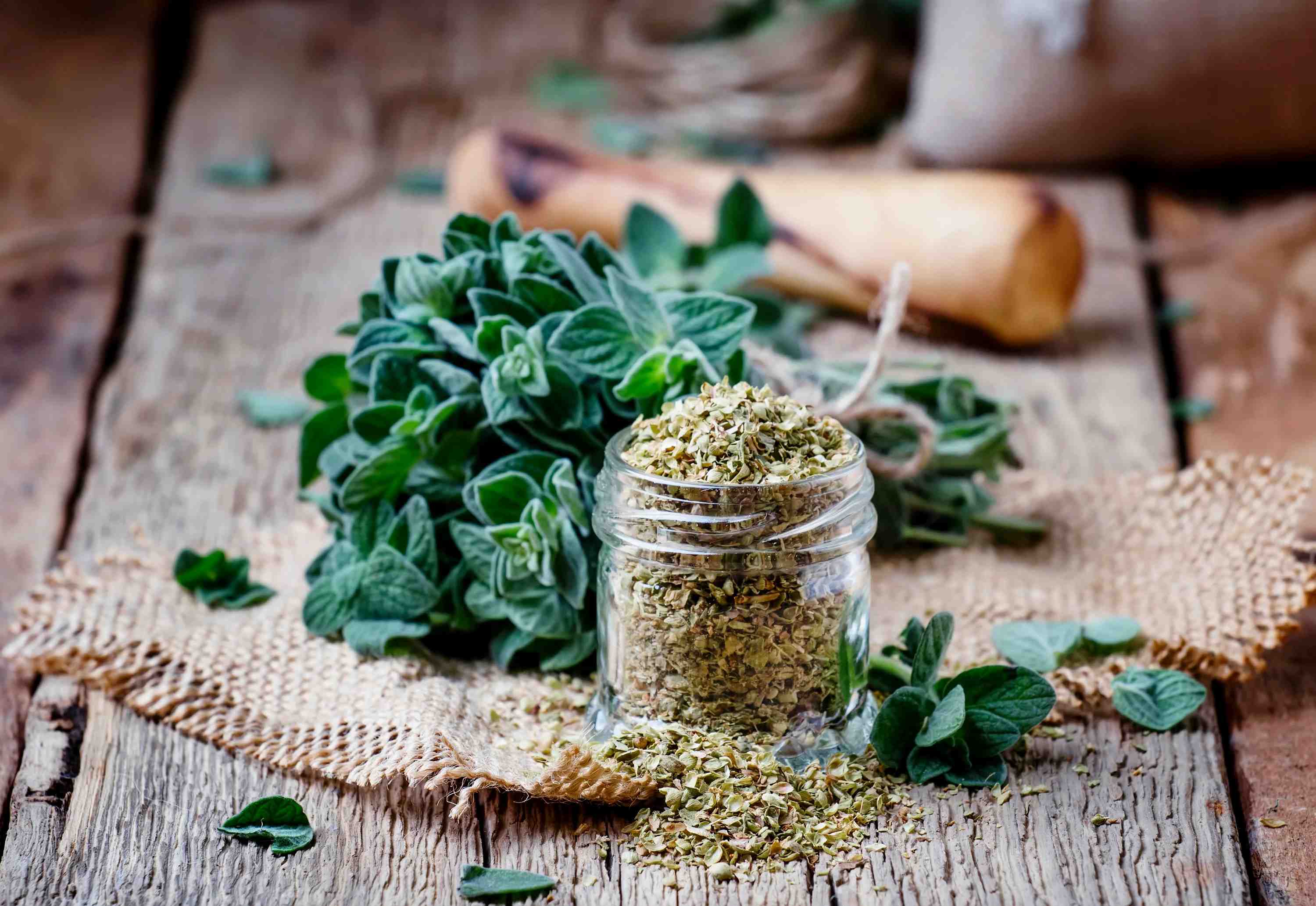Home>Types of Gardening>Edible Gardening>What Does A Rosemary Plant Look Like
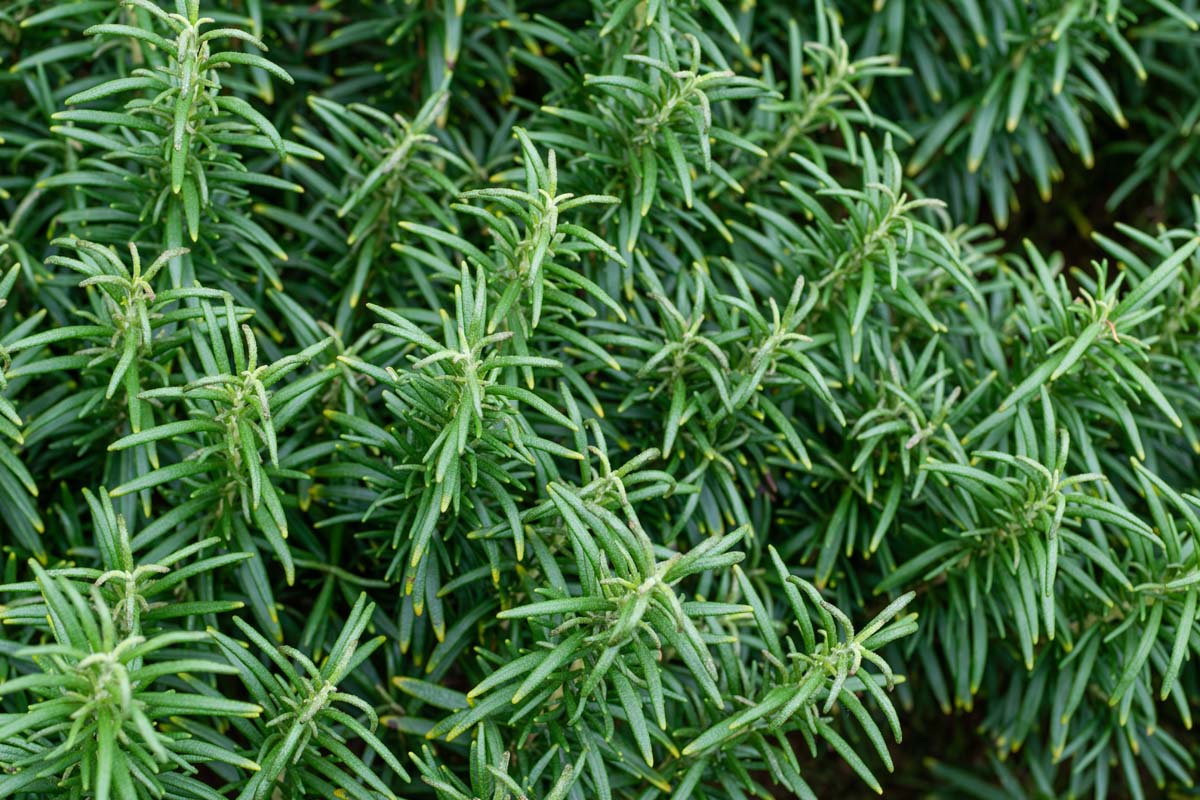

Edible Gardening
What Does A Rosemary Plant Look Like
Modified: February 7, 2024
Discover what a rosemary plant looks like and how to grow it in your edible garden. Get expert tips on cultivating and caring for this aromatic herb.
(Many of the links in this article redirect to a specific reviewed product. Your purchase of these products through affiliate links helps to generate commission for Chicagolandgardening.com, at no extra cost. Learn more)
Table of Contents
Introduction
Welcome to the aromatic world of rosemary, a beloved herb that not only adds delightful flavor to culinary creations but also enhances the beauty of gardens with its striking appearance. As we embark on this journey to explore the captivating nature of the rosemary plant, we will delve into its visual characteristics, growing conditions, and versatile uses. Whether you are a seasoned gardener or a novice enthusiast, understanding the allure of the rosemary plant will undoubtedly spark inspiration and appreciation for this remarkable herb.
The rosemary plant, scientifically known as Rosmarinus officinalis, has been cherished for centuries for its culinary, medicinal, and ornamental value. Its distinctive fragrance and needle-like leaves have made it a staple in kitchens and gardens around the world. Join me as we uncover the unique features and benefits of the rosemary plant, learning how to cultivate and utilize this remarkable herb to enrich our lives. Let's embark on this aromatic journey and discover what makes the rosemary plant a cherished favorite among gardeners, chefs, and herbal enthusiasts alike.
Description of Rosemary Plant
The rosemary plant is an evergreen perennial herb that belongs to the mint family, Lamiaceae. It is characterized by its woody stem, aromatic needle-like leaves, and petite, vibrant flowers. Typically, rosemary plants can reach a height of 3 to 6 feet, with a spread of 2 to 4 feet, creating an elegant, upright presence in the garden. The leaves of the rosemary plant are dark green on top and whitish underneath, providing a striking contrast that adds to its visual appeal.
One of the most distinctive features of the rosemary plant is its delightful fragrance. When the leaves are crushed or brushed against, they release a rich, pine-like aroma that is both invigorating and calming. This aromatic quality not only makes rosemary a popular choice for culinary uses but also contributes to its reputation as a natural air freshener and ornamental plant.
Additionally, the rosemary plant produces small, two-lipped flowers that can vary in color from pale blue to lavender, depending on the specific variety. These delicate blooms not only attract pollinators like bees and butterflies but also add a touch of elegance to the overall appearance of the plant. With its slender leaves, woody stems, and charming blossoms, the rosemary plant exudes a timeless beauty that enhances any garden or landscape.
Characteristics of Rosemary Plant
The rosemary plant boasts a myriad of characteristics that contribute to its allure and versatility. Its needle-like leaves, which are about 1 to 2 inches long, exude a distinct aroma and possess a robust flavor, making them a prized addition to various culinary dishes. These leaves are arranged in pairs along the stems, creating a dense and lush foliage that adds visual interest to the plant.
Another defining characteristic of the rosemary plant is its adaptability to different climates and growing conditions. While it thrives in warm, Mediterranean-like environments, it can also be cultivated in containers or indoors, allowing gardeners in diverse regions to enjoy its beauty and benefits. This adaptability makes rosemary a popular choice for both outdoor gardens and indoor herb collections.
Furthermore, the woody stems of the rosemary plant contribute to its resilience and longevity. With proper care, a mature rosemary plant can develop a sturdy and well-branched structure, creating an enduring presence in the garden. This characteristic not only adds to the plant’s ornamental value but also reflects its ability to withstand various environmental challenges, such as drought and poor soil conditions.
Additionally, the petite flowers of the rosemary plant, which bloom in late winter to early spring, are a charming feature that further enhances its appeal. These blossoms not only attract beneficial insects, supporting the garden’s ecosystem, but also add a pop of color to the landscape. Whether used for culinary purposes, ornamental display, or medicinal applications, the unique characteristics of the rosemary plant make it a cherished and valuable addition to any garden or home.
Growing Conditions for Rosemary Plant
Rosemary is renowned for its adaptability and resilience, thriving in various growing conditions while adding a touch of Mediterranean charm to gardens worldwide. When cultivating rosemary, it is essential to consider its preferred environmental requirements to ensure optimal growth and vitality. Here are key factors to keep in mind when creating an ideal setting for your rosemary plant:
- Sunlight: Rosemary thrives in full sunlight, requiring at least six to eight hours of direct sunlight daily. When selecting a planting site, prioritize locations with ample sunlight exposure to promote robust growth and essential oil production in the leaves.
- Soil: Well-draining soil is crucial for the health of rosemary plants. Sandy or loamy soil with a slightly acidic to neutral pH level is ideal. If the soil is heavy or clay-like, amending it with sand, perlite, or organic matter can improve drainage and prevent waterlogged conditions that may hinder the plant’s development.
- Watering: While rosemary is relatively drought-tolerant once established, it benefits from consistent moisture during its initial growth phase. Afterward, allow the soil to dry out slightly between waterings to prevent root rot. Overly wet soil can be detrimental to the plant’s overall health.
- Temperature: Rosemary thrives in warm climates and is sensitive to frost. If you live in a region with harsh winters, consider growing rosemary in containers that can be brought indoors during cold spells. In cooler climates, providing winter protection, such as mulching, can help the plant survive low temperatures.
- Pruning: Regular pruning not only helps maintain the shape and size of the rosemary plant but also encourages new growth and enhances its overall appearance. Prune the plant in early spring to remove dead or woody growth, promoting air circulation and preventing disease.
By creating an environment that meets these growing conditions, you can cultivate thriving rosemary plants that enrich your garden with their aromatic foliage and charming presence. Whether grown in the ground, raised beds, or containers, rosemary’s adaptability makes it a delightful addition to any garden space, providing beauty, fragrance, and culinary delights throughout the year.
Uses of Rosemary Plant
The rosemary plant is celebrated for its multifaceted utility, offering a wide array of uses that extend beyond its ornamental charm. From culinary enrichment to medicinal applications, rosemary’s versatility makes it a cherished herb with diverse practical benefits. Let’s explore the various ways in which the rosemary plant can be utilized:
- Culinary Delights: Rosemary is a beloved culinary herb that infuses dishes with a delightful fragrance and robust flavor. Its needle-like leaves are a staple in Mediterranean cuisine, adding depth to roasted meats, vegetables, bread, and savory sauces. Whether used fresh or dried, rosemary elevates the taste of numerous dishes, making it an indispensable ingredient in kitchens around the world.
- Herbal Infusions: The aromatic nature of rosemary lends itself well to herbal infusions and flavored oils. By steeping rosemary sprigs in hot water, individuals can create invigorating herbal teas that offer a refreshing and aromatic experience. Additionally, infusing olive oil with rosemary can yield a fragrant and flavorful condiment ideal for enhancing the taste of various culinary creations.
- Medicinal Properties: Rosemary has a long history of medicinal use, attributed to its potential health benefits. It is believed to possess antioxidant and anti-inflammatory properties, making it a popular ingredient in natural remedies and aromatherapy practices. Additionally, rosemary essential oil is valued for its aromatic benefits and is often used in massage oils and skincare products.
- Ornamental Beauty: Beyond its practical applications, the rosemary plant serves as an ornamental delight, enhancing gardens with its elegant form, aromatic foliage, and delicate flowers. Whether grown in herb gardens, border plantings, or decorative pots, rosemary adds a touch of visual appeal and sensory pleasure to outdoor and indoor spaces alike.
- Cultural Symbolism: In addition to its culinary and medicinal uses, rosemary holds cultural significance and symbolism in various traditions. It is often associated with remembrance and is incorporated into ceremonies, celebrations, and rituals as a symbol of love, loyalty, and memory.
By embracing the diverse uses of the rosemary plant, individuals can savor its culinary contributions, harness its potential health benefits, and appreciate its aesthetic allure. Whether incorporated into daily cooking, wellness practices, or garden design, rosemary stands as a cherished herb that enriches lives in multifaceted ways, embodying a timeless blend of practicality and beauty.
Conclusion
In conclusion, the rosemary plant stands as a testament to nature’s abundant gifts, offering a harmonious blend of sensory delight, practical utility, and ornamental beauty. From its aromatic foliage and culinary prowess to its medicinal potential and cultural symbolism, rosemary has captivated the hearts and senses of people across diverse cultures and traditions.
As we have explored the visual allure, versatile characteristics, and diverse uses of the rosemary plant, it becomes evident that this herb transcends mere botanical significance, weaving itself into the fabric of human experiences and expressions. Whether adorning gardens with its elegant form, enhancing culinary creations with its robust flavor, or embodying timeless symbolism in cultural practices, rosemary continues to enrich lives in myriad ways.
By understanding the optimal growing conditions for rosemary and embracing its multifaceted uses, individuals can cultivate a deeper appreciation for this cherished herb, integrating it into their daily lives with reverence and joy. Whether enjoyed as a culinary staple, a wellness ally, or a symbol of remembrance, the rosemary plant embodies a timeless connection between nature and humanity, inviting us to savor its gifts and celebrate its enduring legacy.
As we part ways, let us carry with us the fragrant memories and practical wisdom inspired by the rosemary plant, allowing its presence to linger in our gardens, kitchens, and hearts, enriching our lives with its timeless charm and boundless contributions.


